Indian Railways passenger revenue falling: 10 points reveal crisis
Increased cases of train cancellations by Indian Railways has hit the national transporter hard, as in the current financial year the number of passengers taking a train to their destination, instead of a bus or a flight, continued to decline. There has been an almost 78 per cent rise in the number of train trips cancelled during April-June this year compared to the same period in 2017. Train delays too have contributed to this as the Indian Railways' aggressive maintenance schedule shut down train movement for long periods of time. Let us look at other reasons affecting Indian Railways' coffers:
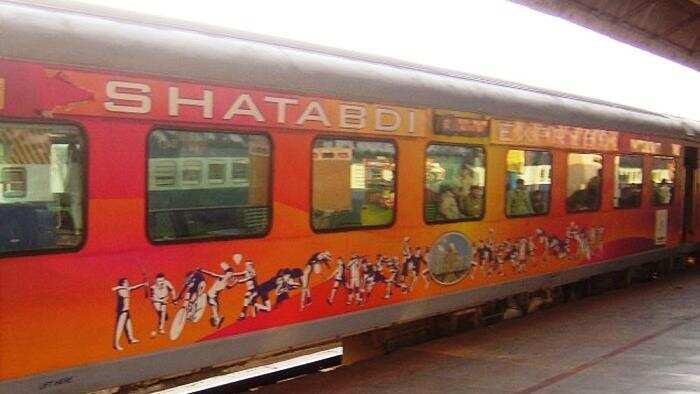
1- The increased rate of cancellations and delays by Indian Railways have put off passengers and their numbers as well, as earnings from this segment declined in the June quarter. The government officials, however, say the situation is likely to improve now, as the Railways has decided to award mega maintenance blocks on Sundays and publicise train re-scheduling due to these blocks. Image source: Reuters
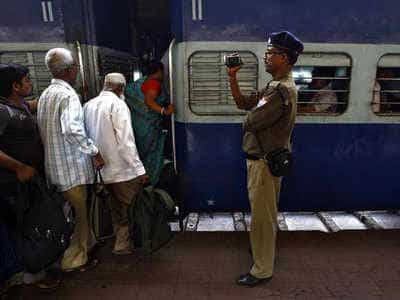

3- Indian Railways' FY19 passenger earnings target at Rs 52,000 crore will likely be met and it was quite early to despair over the “slight” decline in passenger numbers, an official pointed out. An overwhelming 93 per cent of the country’s train passengers travel unreserved. The remaining about 7% account for almost two-thirds of the Railways’s total passenger earnings. Image source: Reuters
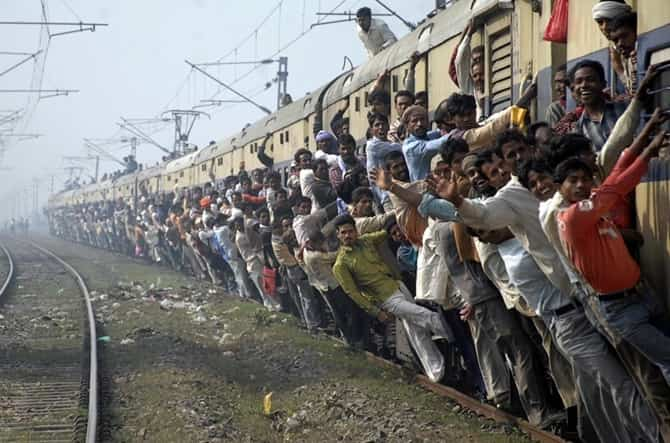
4- As per data from the Indian Railways, gross earnings from passengers declined by 1.37 per cent to Rs 1,221.31 crore in Q1 from Rs 1,238.28 crore in the same period of the previous year. This works out to a decline of close to Rs 19 lakh on an average every single day of the quarter. Image source: Reuters
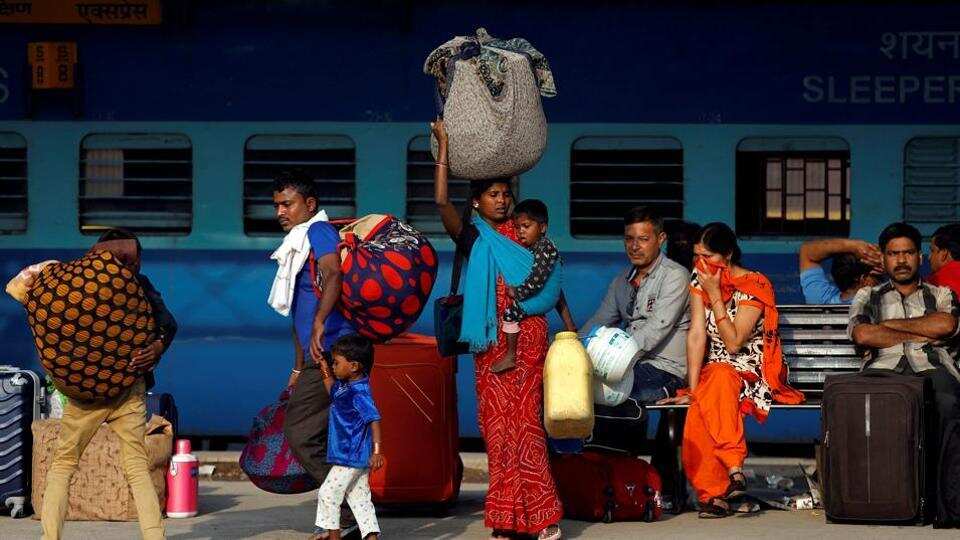
5- The number of Indian Railways passengers booked on an originating basis too declined but by a lower margin of 0.07 per cent from 2087.1 million to 2088.54 million. Indian Railways therefore witnessed almost a 16,000 daily decline in passengers on board its nationwide network of trains in the April-June period. Image source: Reuters
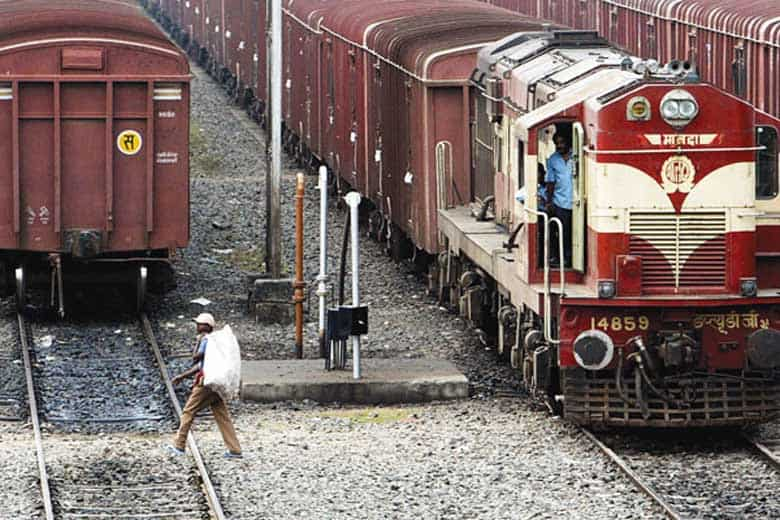
6- India Railways' freight earnings account for almost 65 paise of every rupee earned and is used to subsidise passenger earnings. So in effect, improved freight earnings are a life saver for the railways, which is expected to report a historical worst operating ratio of close to 98 per cent this fiscal. Image source: Reuters
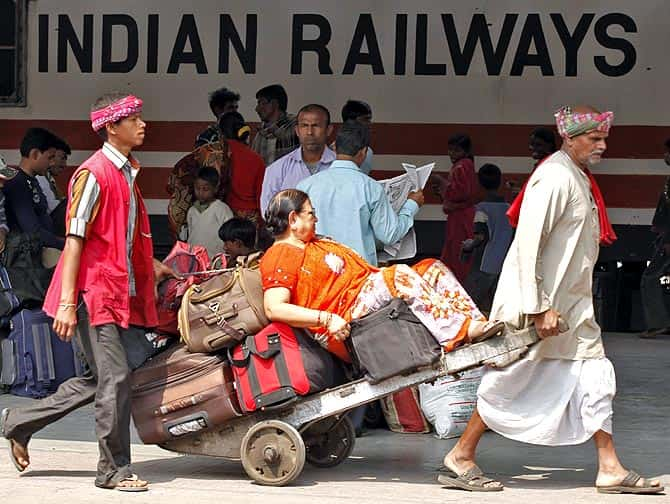
7- Operating ratio is a metric which explains what the IR has to spend to earn each rupee; it has to spend 98 paise to earn that rupee. Huge pension and pay commission payments besides lacklustre earnings from passengers are the two main reasons for the worsening operating ratio of the railways. Image source: Reuters

8- For the June quarter, the Indian Railways transported 299.4 mt of freight against 281.17 mt in the corresponding period last fiscal, an increase of over 18 million tonne. Earnings from freight grew to Rs 30,139.96 crore (Rs 27657.66 crore), an increase of Rs 2,482.3 crore. The incremental year-on-year earnings from freight during Q1 were over Rs 27 crore each day on an average, thus the good show on freight has spared railways the blushes in the first three months of this fiscal. Image source: Reuters

9- The total earnings’ target for 2018-19 is Rs 2 lakh crore, up from about Rs 1.78 lakh crore registered in 2017-18. This means railways will have to generate an additional revenue of Rs 22,000 crore this fiscal. It is eyeing about Rs 10,000 crore additional earnings from freight, and another Rs 1,000 crore from the flexi fare scheme, but this still leaves a gap of Rs 10,000 crore shortfall in the earnings’ target. Source: DNA Money) Image source: Reuters
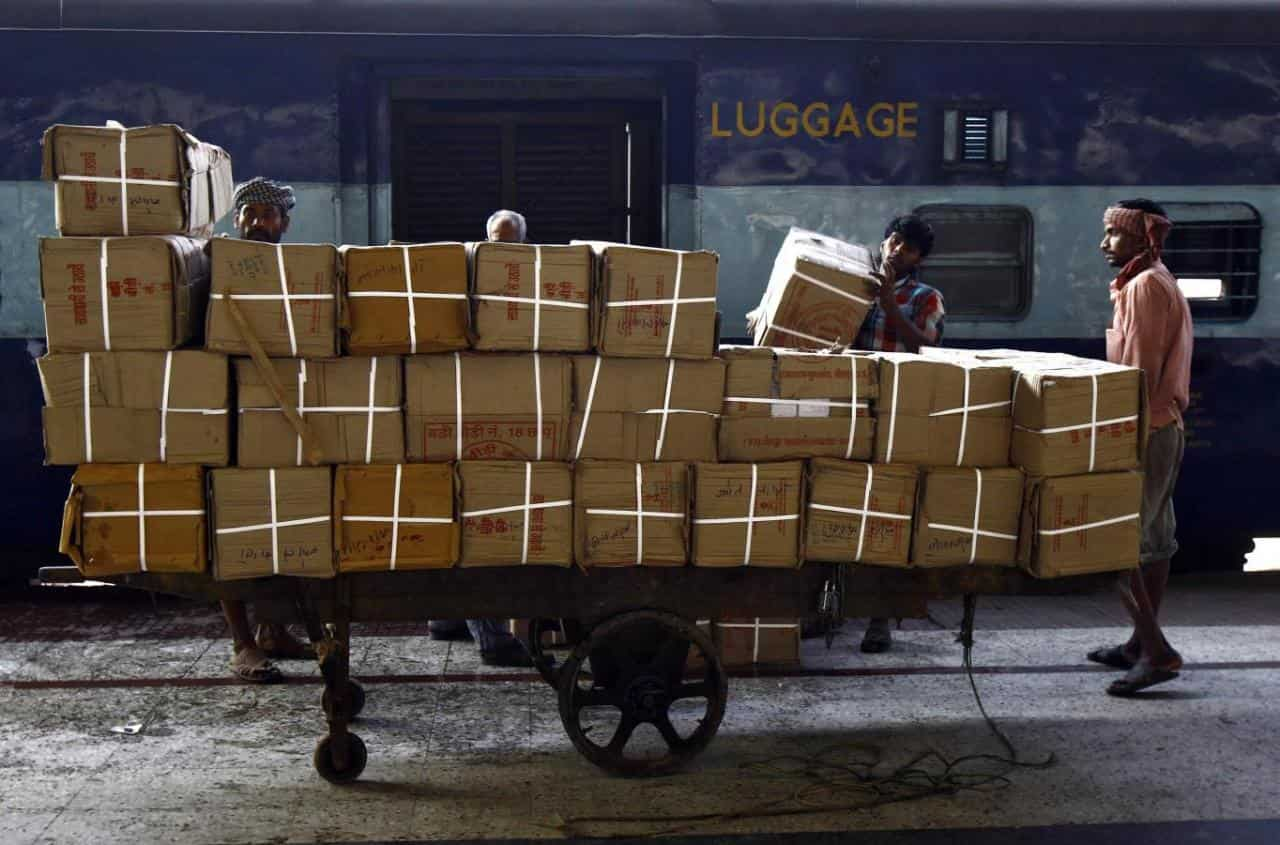
10- A senior Indian Railways official, requesting anonymity, told DNA Money, “We experienced a temporary blip in passenger earnings in June quarter.. ...Train punctuality has already begun to improve. Going forward, the number of passengers as well as earnings from the passenger business will increase.” Image source: Reuters




